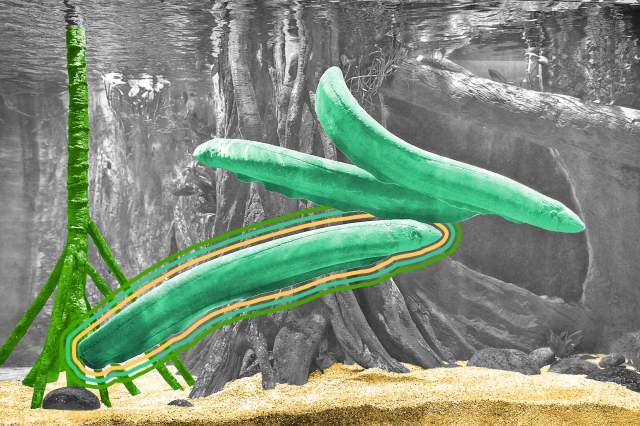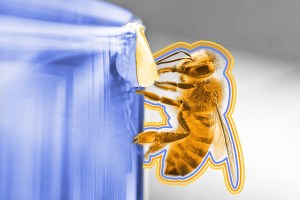
Numbers Don't Lie

American eels are ______, which means they’re freshwater fish that spawn in salt water.

Ready to reveal?
Confirm your email to play the next question?

American eels are catadromous, which means they’re freshwater fish that spawn in salt water.

Electric eels inspired the world’s first battery.
From smartphones to electric cars, today’s world is powered by batteries, and it’s all thanks to electric fish and one stubbornly curious Italian chemist. Near the end of the 18th century, Alessandro Volta wanted to see if he could artificially recreate the electric organs found in electric eels (which are technically not eels) and rays. These organs look like stacked cells that closely resemble a roll of coins, and are used to stun potential prey with up to 1,000 volts. Volta tried to mimic this structure by stacking sheets of various materials to see if he could similarly produce electricity. All of his experiments failed, until he stumbled across a winning combination: alternating copper and zinc disks separated by paper soaked in salt water. While Volta originally named the world’s first battery an “artificial electric organ,” he actually discovered a wholly separate mechanism for creating electricity. Instead, fishes like eels use a process similar to how human nerves transmit electricity, but on a much larger scale. Yet because of Volta’s happy electrochemical accident, you can read these words on your favorite battery-powered, eel-inspired device.
















